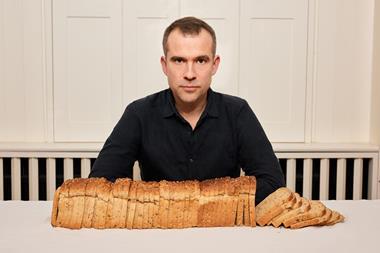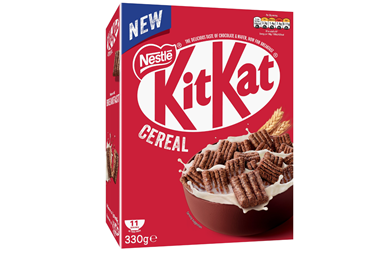The Food Standards Agency has changed the rules for measuring sugars within its traffic-light labelling scheme in a move that suggests it is softening its black and white stance towards food ingredients.
New guidance advising companies how to use the labelling scheme now differentiates between added sugar and sugar that naturally occurs in a product.
In future, a food containing more than 5g of sugar per 100g, but less than 12.5g of added sugar, will be classified as amber on sugar content. Only products containing added sugar levels higher than 12.5g per 100g will carry a red light.
Previously, a product would be labelled red for sugar if it contained more than 15g of total sugar per 100g and amber if it contained less than 15g but more than 5g.
The FSA, which this week appointed ex-Arla Foods boss Tim Smith as its new chief executive, said it intended the new recommendation to apply only to breakfast cereals in a bid to recognise the increasing number of products containing dried fruit. It drew up the system after consulting with a panel made up of traffic light adopters, including Sainsbury's, Waitrose and the Co-op.
"We wanted to help consumers choose between cereals that are high in added sugar such as Frosties and products such as muesli that contain natural sugars," said an FSA spokeswoman. "This is because the sugar in fruit comes with lots of added vitamins and fibre."
The news was welcomed by Northern Irish oaty cereal producer White's, the first cereal supplier to adopt the FSA's front-of-pack traffic-light label. "This is great news and will have a massive effect on some of our products," said Bernadette Speer, marketing manager for White's. "Because the FSA's traffic-light labelling scheme measures foods per 100g we had plenty of healthy cereals that would be classified as high in sugar, but only because they contained natural fruits such as raisins or sultanas. This move allows us to show the benefits of our healthy cereals without the customer being put off by a big red sign on the front."
However, major cereal manufacturers said the changes were meaningless unless portion size were addressed. The FSA measures breakfast cereal on a 100g portion basis, while many suppliers claim consumers eat their products in far smaller portions. "This is not a positive move to better inform the consumer," said Chris Wermann, director of corporate communications at Kellogg's, which uses GDAs rather than traffic lights. Another big cereal player said: "None of our products contains natural sugars, so we won't see any real change. The 100g system is still in place - therefore our products will continue to be unfairly seen as being high in sugar."
However, the FSA said focus group research indicated consumers ate cereal in portions greater than the 35g to 40g often claimed by manufacturers.
The FSA said the changes to how sugar was measured under traffic-light labelling would not affect the Nutrient Profiling Model, which underpins Ofcom's restrictions on advertising food to kids. The model is subject to a separate independent review.
Movers & Shakers p14









No comments yet